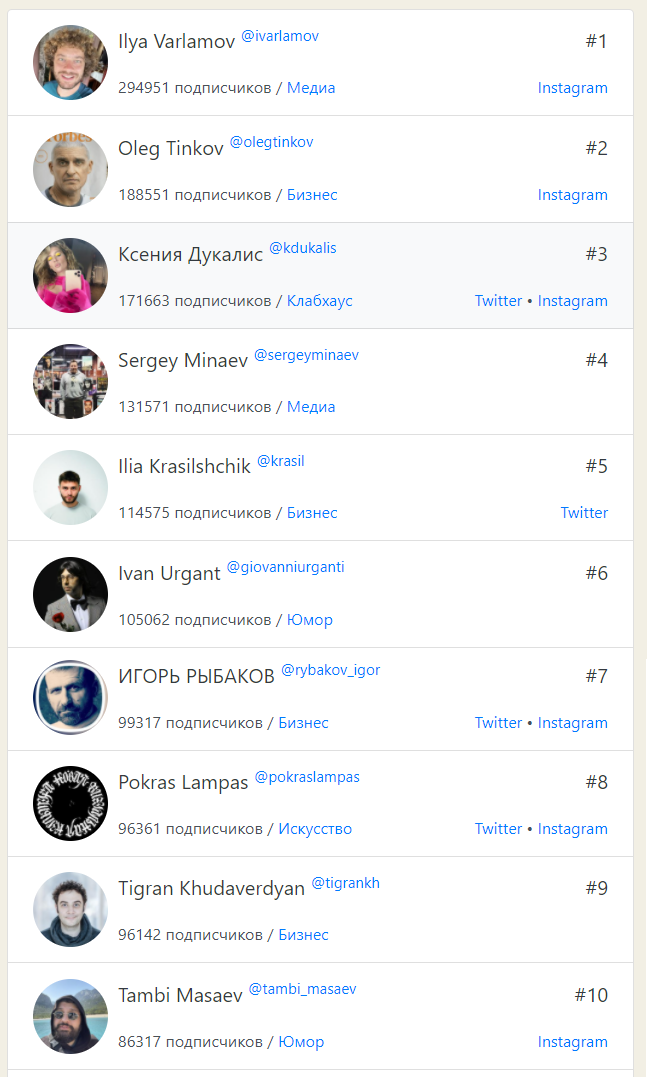Clubhouse is Gaining Popularity: Analysis of the Russian-Speaking Audience
Clubhouse, the increasingly popular social application, has created a virtual space where like-minded individuals gather in separate rooms to engage in voice-only discussions on a variety of topics.
The Russian segment of the Clubhouse application witnessed rapid growth starting from February 7, 2021, leading to a surge in discussions across social media platforms. The most intense period of conversations occurred from February 14 to 17.
Between the beginning of 2021 and February 24, 2021, a staggering 179,000 users from the Russian-speaking internet (Runet) generated 370,000 mentions of Clubhouse on social networks. The peak of discussions coincided with three noteworthy events involving Artemy Lebedev, Elon Musk, and Vladimir Soloviev, creating substantial buzz and engagement.
By March, Russia had become one of the leading countries in terms of Clubhouse’s popularity, securing the fifth position worldwide for the number of downloads. Within Russia alone, the application had already been downloaded by 540,000 users by mid-March.
In February, Clubhouse ranked as the third most downloaded social app globally, surpassing Facebook and trailing only WhatsApp. In Russia, it held the second spot. However, according to AppAnnie, interest in the application started to wane in March. It currently ranks between fourth and tenth in terms of downloads among social networking apps across the top 10 countries, without dominating any particular market. In Russia, Clubhouse slipped to the fifth position in terms of download counts for social networking applications in March.
Profile of the Clubhouse Audience in Russia
Despite the absence of an Android version and the limited availability of invitations, the enthusiasm surrounding Clubhouse in Russia continues unabated, even as new registrations decline. Less than 5% of Russian users actively participate in discussions, while the majority prefer to listen silently, spending an average of 36 minutes a day in 1-2 sessions.
According to research conducted by Romir, the majority of the Clubhouse audience in Russia consists of women, accounting for 67% of users. The most engaged age group is individuals between 30 and 39 years old, comprising 33% of the audience. Among the Clubhouse users surveyed, 60% are married, and 40% have children.
In terms of income, nearly half of the respondents (49%) fall into the average income bracket, while 35% enjoy a higher income level. Among social media users on Clubhouse, 47% own one car, and 10% have two cars.
When it comes to lifestyle choices, 67% of respondents actively monitor their diet, limiting their intake of sweets, flour, or dairy products. Furthermore, 75% of Clubhouse users do not smoke, and 68% either abstain from or restrict their alcohol consumption.
Regarding physical activity, 35% of the audience engages in seasonal sports, while 33% participate in morning exercises to stay active.
Top Popular Russian-Speaking Users
Based on Clubstat data, Ilya Varlamov stands out as the most popular Russian blogger on the Clubhouse social network, boasting 295 thousand subscribers. Following closely behind are Oleg Tinkov with 189 thousand subscribers and Ksenia Dukalis with 172 thousand subscribers.

Brands
Yandex, Burger King, and AliExpress were among the early adopters of Clubhouse, taking advantage of the platform’s growing popularity.
Yandex introduced the “Yet Another Clubhouse Room,” where its employees regularly engage with the audience. AliExpress launched a room called “Where is my package,” providing a space for discussing marketplace finds and addressing delivery-related queries. Despite registration and interface complexities, the Russian internet audience has generally responded positively to this new social network. While the long-term effectiveness and potential of Clubhouse as a marketing tool remain uncertain, it is worthwhile for brands to explore its use in their communication strategies given the current hype and the opportunity to connect with the audience.